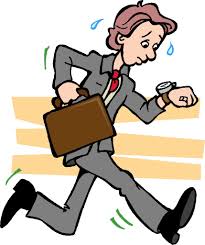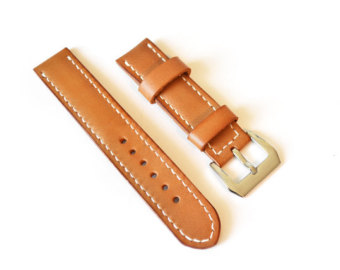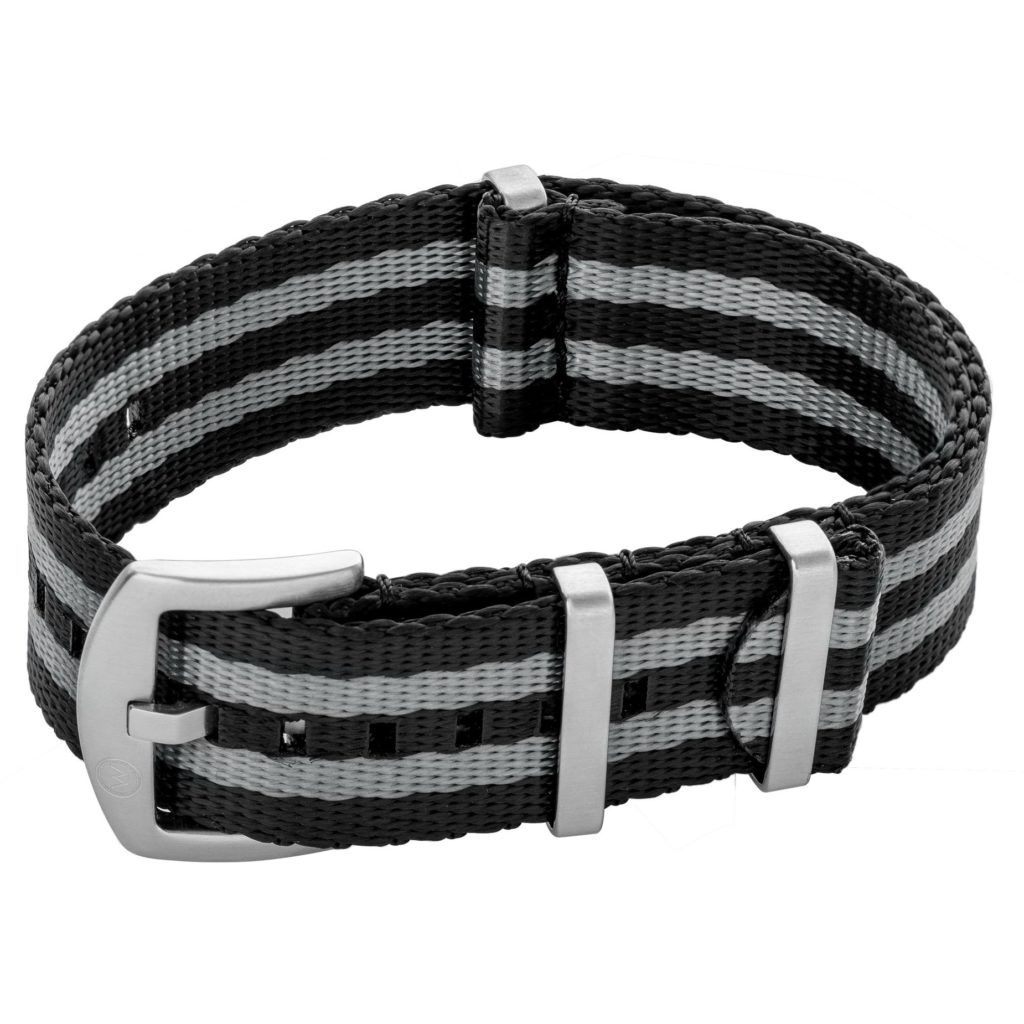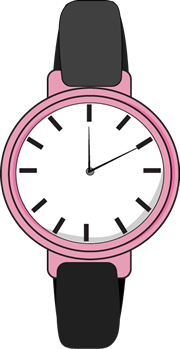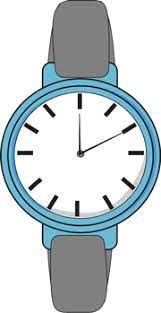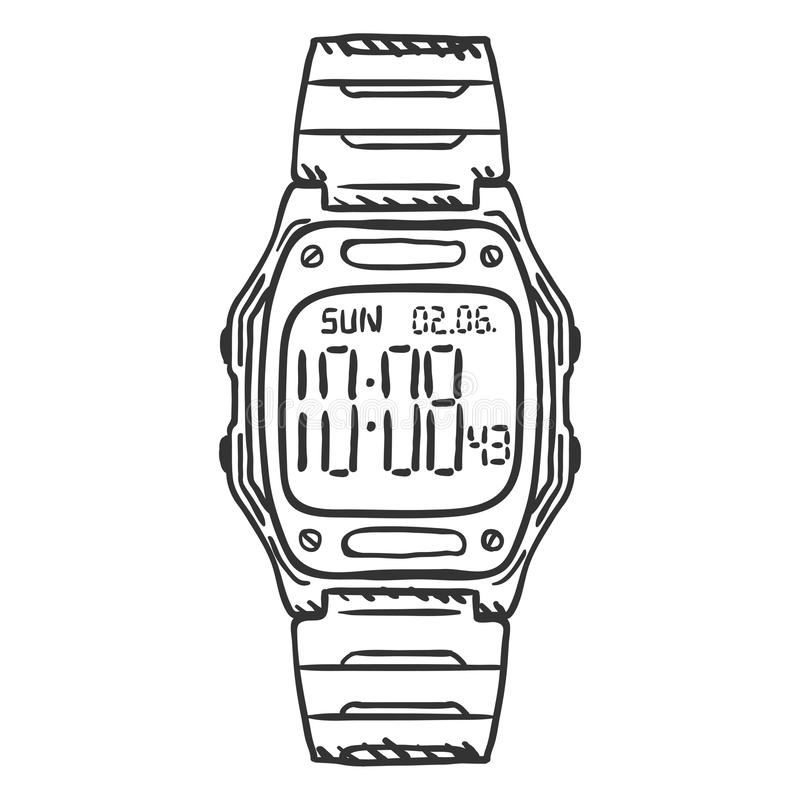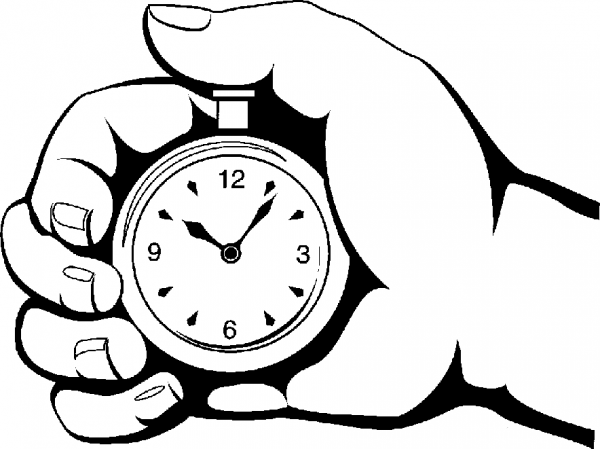
A stopwatch is a simplified clock designed to measure the time interval between its activation and deactivation.
In manual stopwatch, the clock is started and stopped by a user pressing a button. However, in fully automatic timing, both starting and stopping are stimulated automatically by sensors. Mechanical chronometers are powered by a mainspring which must be wound by turning the knurled knob located on top of the chronometer. Electronic stopwatches, in addition to marking a greater interval than mechanical ones, also have other functions, such as marking laps.
Application of Stopwatches
The device is used when time periods need to be measured accurately and with a minimum of fuss. Laboratory experiments and sporting events such as sprints are classic examples of its application.
The basic
A timer works by pressing the start button when the event starts. For example, if you are timing a race, press the start button when the race starts.
Press the stop button when the winner is at the finish line or when the whole race is over. The calculated time will appear on displays just as the time of day would appear on a wristwatch.
Reset the watch once done so you can use it in the next game.


